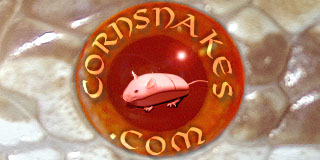I leave the females on heat- 82-84, and feed as usual. I keep the males at 78-80 year 'round. I've have heard that higher temps lead to infertility in males. I don't know how true that is, or what the cut-off is, but mine digest fine at 78-80, so I keep them at that. The room temp varies from 64-84- winter in Florida...
I start putting pairs together some time after January 1st. I usually wait until the female has her first shed of the new year. I pay no attention to the male's shed cycle. The male will usually breed even if he's in blue. I save the female's shed in her viv, and put it in the breeding bin with the pair.
So (and everyone has their own method that works for them, this is just mine, that I learned from my mentor John Finsterwald)
I put the pair together every Sunday evening, after the female's first shed of the year. I put them in a bare bin, which has been lightly misted on the walls. I put the female's shed, also misted, in with them, for pheromones. I don't hover over them, but I do keep an eye on them to make sure they are getting along.
I leave them together for 30 minutes. "People say" that if they haven't hooked up in ten minutes, they aren't going to, and I have found this to be mostly true. If the female is wildly running away, she isn't going to consent. Sometimes the male will give up, and it helps to get the pair moving around together, in the same direction, to get him interested again, rather than "cuddling."
If they do not mate, I put them together again the next Sunday. After they breed the first time, I put the pair together every three days until they breed 4-5 times, or the female refuses twice in a row.
I may put them together (if they haven't bred yet) on an evening when it is raining/storming- that seems to encourage breeding behaviour.
After the female has stopped breeding for that cycle (no more attempts will be made) I remove her large water bowl, replace it with a small bowl (don't want her to lay eggs in her water) and give her a lay box. Usually the female lays after her shed, but not always- she can lay at any time. I also feed the female every 5-7 days, and exercise her daily for 10 minutes. I do not feed after the female goes blue and retreats to her lay box (until the clutch is laid).
I have a couple stickies down in my personal forum here about preparing the lay box and care of the breeding female.
Chip Bridges has a sticky down in his personal forum about Should I Breed My Snake? which is worth a read.
